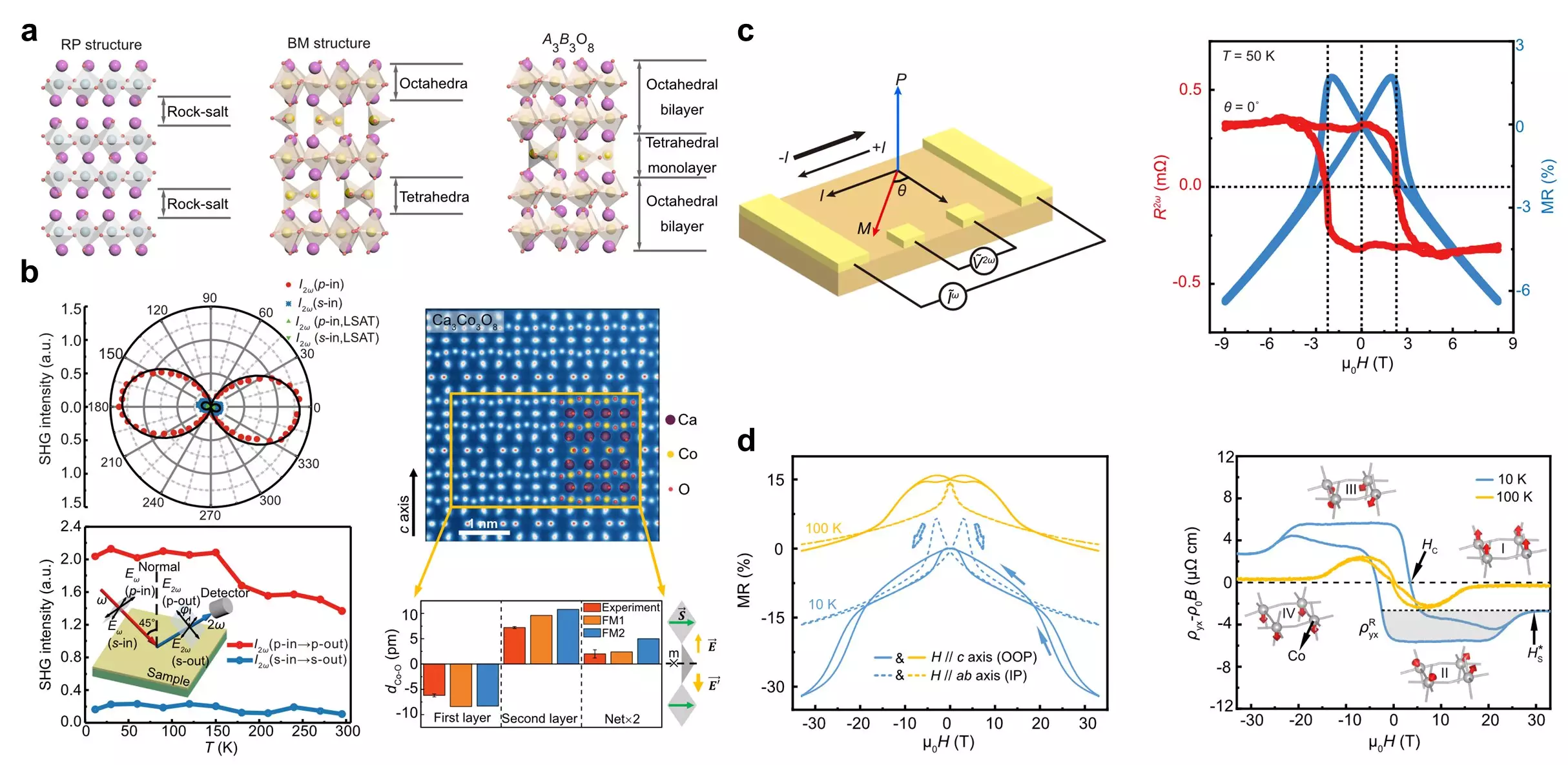The creation of new materials through atomic precision manipulation is a groundbreaking achievement in the field of materials science. In a recent study published in Nature Materials, researchers have introduced a novel oxide material, Ca3Co3O8, that exhibits a unique combination of properties – ferromagnetism, polar distortion, and metallicity. This discovery sheds light on the concept of polar metals and has sparked significant scientific interest.
Historically, the relationship between electric polarization and magnetic order in materials has been viewed as mutually exclusive. The emergence of the concept of polar metals, however, suggests that it is possible for materials to display both electric polarization and metallic properties simultaneously. Integrating ferromagnetism into polar metals presents a significant challenge, as it requires reconciling the inherent contradictions between polarization, ferromagnetism, and metallicity within a single material.
In the study, researchers explored the manipulation of oxygen polyhedra to control material properties, leading to the development of Ca3Co3O8, a new quasi-two-dimensional functional oxide. This material combines elements from the double-layer Ruddlesden-Popper (RP) structure and brownmillerite (BM) structure, resulting in a unique set of properties that have not been observed before.
The researchers utilized the Steady High Magnetic Field Facility (SHMFF) for experimental validation of their findings. Through nonlinear optical testing, they confirmed significant polarization ordering in Ca3Co3O8, with the displacement of Co ions in the double-layer CoO6 octahedron identified as the primary contributor to the material’s polarity. Additionally, electrical transport testing using the SHMFF’s water-cooled magnet system revealed a notable topological Hall effect in the material, further enhancing its potential for applications in spintronics.
The novel oxide material Ca3Co3O8 presents a promising platform for the exploration of electric and magnetic correlated properties. The robust topological Hall effect observed in the material not only advances our understanding of magnetic materials and interactions but also opens up new possibilities for foundational research and application development in the field of spintronics. By leveraging innovative approaches to material design and manipulation, researchers are paving the way for the discovery of new materials with unprecedented properties and applications.


Leave a Reply